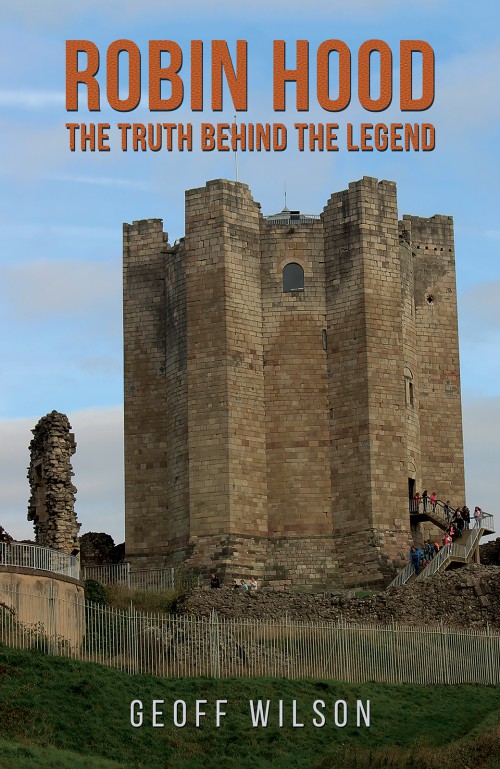The story of Robin Hood is very well known. Writers and historians have been reading and rewriting it, analysing, and altering it since Ritson published his version in 1795, more than 200 years ago. The story has been published in many forms, including books, films, TV and radio programmes, articles held in the World Wide Web and probably many others. As far as can be ascertained, they all have two things in common: they all contain many errors and they all fail to explain a number of mysteries.In his book, Geoff Wilson has corrected many of the errors and has explained many of the mysteries. This he has done by accessing many surprising sources of evidence, including, for example, the British Geological Survey, aerial photography and by following on foot several of Robin Hood’s journeys described in the ballads. Practical tests were also carried out. The author’s sons (both quite young at the time) were encouraged to shout at the top of their voices in one particular location to test if sounds do in fact echo in the valleys. They do.Among the mysteries solved are the identities of Sir Richard at the Lee and the location of Verysdale and the Village of Lee. The ‘fayre castell’ described in the Gest is also identified, as is the chapel in Barnsdale dedicated to Mary Magdalene and described in stanza 440 of the Gest. One mystery which remains unresolved, however, is the identity of Robin himself. Perhaps he is, after all, just a yeoman named Robin Hood, although the claims of an alternative candidate are seriously considered.
Geoff Wilson was educated at King Henry VIII School, Coventry, and later graduated in Civil Engineering from Nottingham University. He subsequently obtained a postgraduate diploma from Imperial College, London. For a number of years, he was the Chief Civil Engineer employed by the largest multi-discipline architectural practice in Europe. Following this, he set up and controlled a steelwork fabricating company whilst acting as a private Consulting Engineer.
The major lesson learned during this period was that problems and their solutions often arise from the most unexpected quarters; a useful lesson which was applied throughout the search for the evidence concerning Robin Hood.
Customer
Reviews
0 reviews
Write a Review
